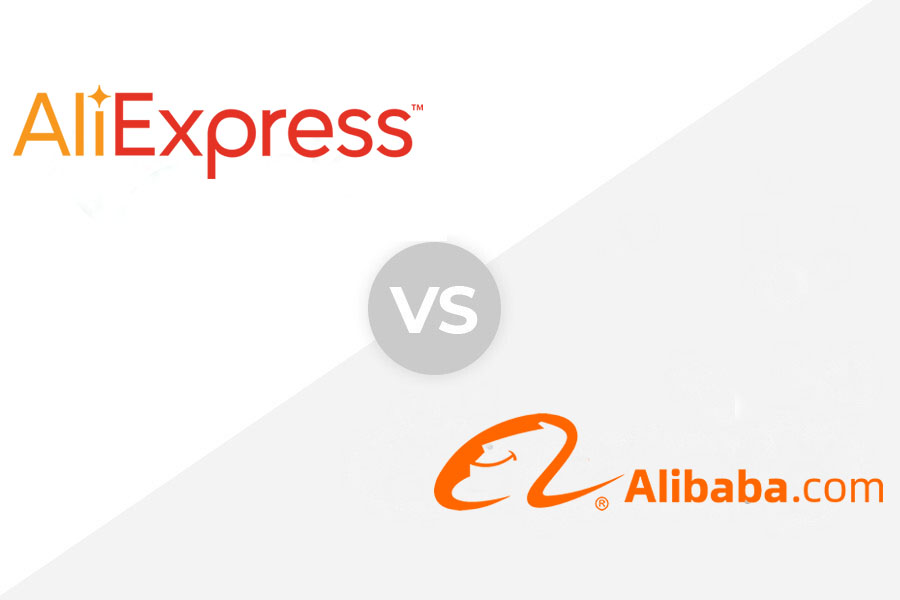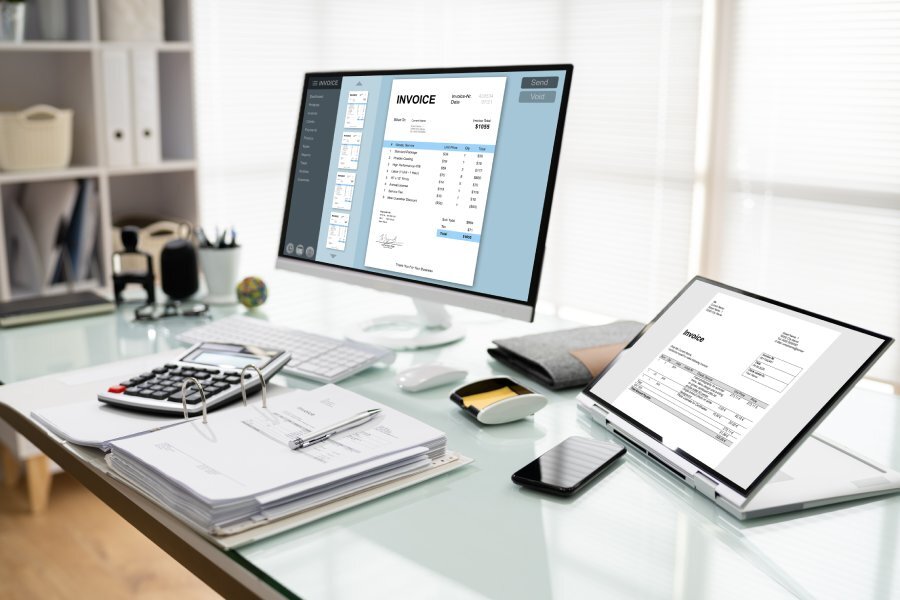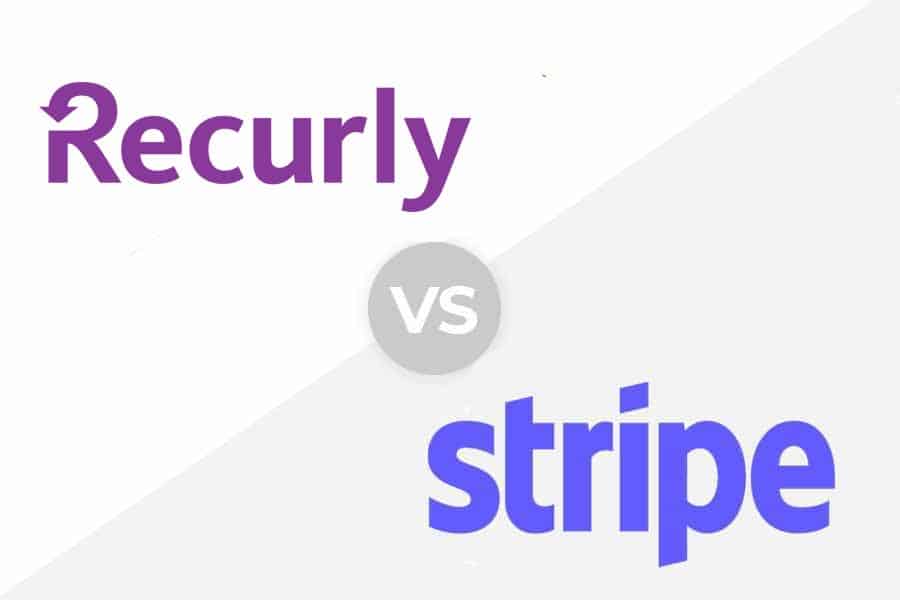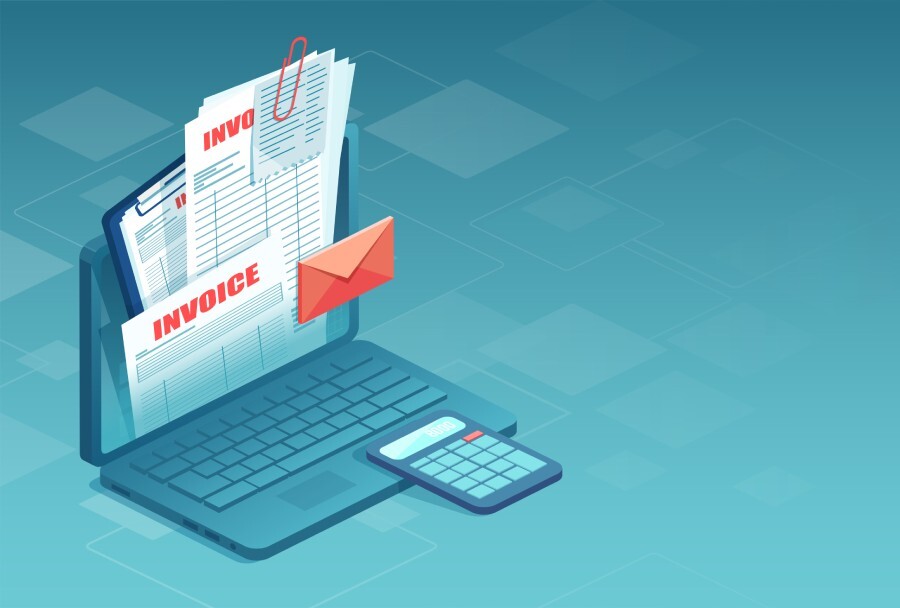
The main difference between purchase order financing vs factoring lies in when they’re used.
- PO financing is utilized when you need funding to pay for materials or services to produce tangible goods that have not yet been delivered to your customer.
- Invoice factoring is used when you have already delivered and completed a customer order but have not yet received payment from them.
Both can provide funding opportunities for your business to sustain cash flow shortages. Essentially, they are short-term loans that allow for an advance to fulfill sales orders yet can serve different purposes depending on your business needs.
When comparing which option may better suit your business, there are a variety of factors to consider. This includes the products you sell, your business industry, and your current cash flow. To help determine which form of financing can support your business needs, here are some insights and comparisons.
If your business sells tangible goods to customers that require you to first pay a third-party vendor for materials or production, PO financing can cover that expense for you. This allows you more flexibility with your cash flow, which can then be used to support other aspects of your business. PO financing can also help you keep up with demand and fulfill orders if you would otherwise be unable to pay your vendors upfront. It may be a good fit if you:
- Rely on outside suppliers: If you are a distributor, reseller, importer, or other similar type of company, PO financing can provide the funding to pay for the production or delivery of goods to your customers without dipping into your own cash reserves.
- Are unable to meet demand: If your business needs to issue payment to a third-party company to complete a customer order, it can provide you with financing if you need to fulfill orders and have insufficient funds to pay your vendors.
- Have unpredictable sales trends: This can occur with seasonal businesses that have fluctuating cash flow. If you have a spike in sales and are unable to meet the expenses associated with fulfilling the orders, PO financing can give you the advance needed to satisfy those orders and sustain income.
- Are looking to continue growing your startup: It’s not uncommon for startups with less capital to have difficulty meeting higher demand from customers. PO financing can be an effective way to improve your company’s capacity for order fulfillment and keep up with growth projections.
- Want to reduce upfront shipping costs: Some vendors require upfront payment for goods, even prior to receiving customer orders. PO financing can free up cash flow and allow you to obtain products from your vendors without paying out of pocket for shipping and product costs.
Invoice factoring can help bridge the gap between the delivery of a product and receiving payment. Essentially, if you have sold a product and haven’t yet received payment from the customer, invoice factoring provides an advance for the unpaid invoices to avoid cash flow shortages. Generally, most invoices are paid within 90 days, in which the advance is fulfilled once payment has been received. It may be a fit for your business if you:
- Have customers that are businesses or government entities: Invoice factoring can be used for outstanding invoices you issued to other businesses or government agencies. Factoring cannot be used for amounts owed to you by individual consumers.
- You have creditworthy customers: Invoice factoring relies mostly on how likely your customers are to pay their invoices. As a result, your own business qualifications have little impact on your ability to secure this type of financing.
- You need funding quickly: Most factoring providers have a quick application and approval process and can issue funding within 1 to 5 days. Although PO financing can also be done in a matter of days, it also can take several weeks depending on the type of customers your business has and the requirements of the lender.
PO financing and invoice factoring can both be expensive forms of credit depending on your budget. When considering your financing options, consider alternatives, such as working capital loans, that can also help you cover business expenses and may offer better rates and terms.
Qualification Requirements: Purchase Order Financing vs Factoring
How Purchase Order Financing Works
When you get funding from a PO financing provider, it will pay your suppliers on your behalf so that the goods can be produced and delivered to your customer. Your customer will make the payment directly to the PO financing company to pay off the advance. Finally, the PO financing company will deduct its fees before issuing the remaining amount to your business. Here’s the general process of obtaining PO financing and how it works:
- You receive a purchase order for tangible goods: PO financing typically requires you to have an order from a customer before applying for financing. This information is required because it is used to determine your eligibility based on things like the type and cost of goods. Only orders involving tangible goods are eligible for PO financing.
- You obtain a cost estimate: When you provide the purchase order to your supplier, it will give you an estimate of what it may cost to fulfill the order. This can include expenses for shipping, distribution, delivery, and other production fees. You’ll need this information when applying for financing, as lenders will factor these costs into your lending agreement.
- You apply for PO financing: PO financing is available from a number of banks and online lenders. You can view our list of the best PO financing companies, all of which have competitive pricing, easy qualification requirements, and excellent customer service.
- Your application is approved and your supplier is paid: If your application is approved by the PO financing company, it will issue payment to your supplier. In most cases, payment is in the form of a letter of credit, so your supplier will be aware that you are utilizing a third-party company for funding.
- Your supplier produces, assembles, or delivers your products: Depending on your agreement with the supplier, it will complete the production of the goods your business needs for your customer’s orders. Once the goods are produced or assembled, it will also usually handle delivery of the product to your customer.
- You invoice the customer and they pay the PO financing company: When your customer receives the product from the supplier, you can issue an invoice requesting payment. The amount of time it takes for your customer to pay can affect how much PO financing will cost you. The longer it takes, the more you will be charged via a monthly fee.
- You receive payment from the PO financing company: When the PO financing is paid by your customer, it will deduct its fees and issue the remaining amount to your company. Generally, this can take anywhere from 30 to 90 days.
Pros & Cons of Purchase Order Financing
How Invoice Factoring Works
When you’ve delivered a product or good to a customer, invoice financing can give you funding before that customer has paid you. Invoice factoring only works when your customers are other businesses or government entities. If you have unpaid invoices and need funding to address a cash flow issue, invoice factoring can be a good option to consider. The process of using invoice factoring generally looks like this:
- You invoice your customer for delivered products: Unlike PO financing, invoice factoring requires the product to be delivered to the customer. Your customer must also be invoiced in order for a factoring company to consider your application for financing.
- You apply for and receive funding from an invoice factoring company: After you have delivered the product to your customer and issued an invoice requesting payment, you can apply for invoice factoring if you need payment more quickly. Eligible invoices are typically those that your customer must pay within 90 days, and your customer must also be deemed creditworthy by the factoring company. Invoice factoring is available from many online lenders, brokers, and banks. Check out our roundup of the best invoice factoring companies to find a lender.
- Your customer pays the factoring company: Part of the process of getting invoice factoring requires your customer to be notified that the collection of payment on the invoice has been assigned to a different company. Payment terms remain unchanged, but you may want to communicate this with your customers so that they are aware of the change.
- You receive payment from the factoring company: The final step in the process occurs when the factoring company receives payment from your customer, deducts its fees, and issues the remaining balance to your business.
Pros & Cons of Invoice Factoring
Frequently Asked Questions (FAQs)
PO financing can be utilized by businesses that offer tangible goods and are not industry-specific. Invoice factoring is typically utilized by various business or government entities with contracts.
The lender takes on most of the risk with PO financing or invoice factoring and usually lends funds based on the credibility of your customers. That said, they are more at risk in the event of default, but this is usually mitigated by higher rates and fees along with shorter repayment terms.
Most lenders have a term limit of up to 90 days but generally can range anywhere from 30 to 90 days depending on the financing needs of your business.
Bottom Line
When determining whether your business can use either PO financing or factoring, you should consider if these short-term financing options are best for your needs. While both offer financing opportunities that can help you cover cash flow shortages or help your business grow, they can be an expensive endeavor overall. When getting a small business loan, ensure you consider all of your financing options and prepare accordingly.





